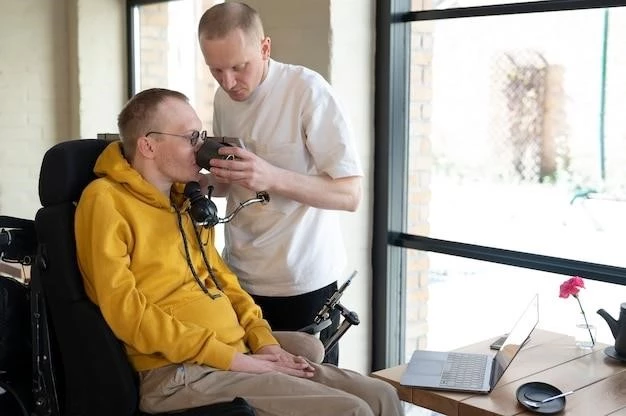Introduction
Hereditary spastic paraplegia (HSP) is a group of rare inherited neurological disorders primarily affecting the upper motor neurons, leading to progressive spasticity and weakness in the leg and hip muscles. The condition is also known as familial spastic paraparesis, French settlement disease, Strumpell disease, or Strumpell-Lorrain disease.
Hereditary spastic paraplegia (HSP) is a group of rare inherited neurological disorders primarily affecting the upper motor neurons, leading to progressive spasticity and weakness in the leg and hip muscles. The condition is also known as familial spastic paraparesis, French settlement disease, Strumpell disease, or Strumpell-Lorrain disease. HSP manifests with symptoms like muscle stiffness, weakness, and gait difficulties due to degeneration in the spinal cord. There are over 80 genetic types of HSP classified based on inheritance patterns, clinical features, and underlying genetic mutations. Diagnosis is often challenging due to the clinical and genetic heterogeneity of HSP. Treatment focuses on managing symptoms and may include medications to alleviate spasticity. Research continues to identify new genetic variants and explore potential biomarkers for HSP.

Causes and Types
Hereditary spastic paraplegia (HSP) is caused by over 80 different genetic types, with mutations in various genes leading to progressive spasticity and weakness in the leg and hip muscles. These genetic types have been classified based on inheritance patterns and specific genetic variants identified through research. Some forms of HSP may also affect other body parts, presenting with additional symptoms such as eye problems, hearing loss, intellectual disability, and peripheral nerve disorders.
Genetic Causes of Familial Spastic Paraplegia
Various genetic mutations lead to familial spastic paraplegia, affecting over 80 different genetic types. These mutations result in progressive spasticity, weakness in leg muscles, and other associated symptoms. The disease can be caused by mutations in genes that regulate neuronal function, leading to degeneration and subsequent motor neuron impairment. Recognizing the specific genetic variant is crucial for understanding the disease progression and developing targeted treatments.
Symptoms and Diagnosis
Individuals with hereditary spastic paraplegia (HSP) often experience progressive stiffness, muscle weakness, and gait difficulties due to the degeneration of the spinal cord. Diagnosis of HSP is challenging due to its wide genetic and clinical heterogeneity, with symptoms such as spasticity and muscle control issues overlapping with other neurological conditions. Neurological examinations, genetic testing, and imaging studies are typically used to diagnose HSP and differentiate it from similar disorders.
Overview of Familial Spastic Paraplegia
Hereditary spastic paraplegia (HSP) is a group of rare inherited disorders characterized by progressive stiffness and contraction in the lower limbs. Also known as familial spastic paraparesis, French settlement disease, or Strumpell-Lorrain disease, HSP affects the upper motor neurons leading to muscle weakness and gait difficulties. With over 80 different genetic types identified, HSP presents a wide spectrum of symptoms, including muscle stiffness, intellectual disability, hearing loss, and peripheral nerve disorders. Diagnosis is challenging due to the varied clinical features and genetic heterogeneity, often requiring genetic testing and neuroimaging studies.
Treatment and Management
Treatment for hereditary spastic paraplegia (HSP) focuses on managing symptoms to improve quality of life. Approaches may include physical therapy to enhance mobility and strength, assistive devices for walking, and medications to alleviate spasticity. Management also involves addressing additional complications that may arise, such as urinary dysfunction or sensory impairments. Research into potential targeted therapies and interventions continues to advance in the field of HSP treatment.
Approaches to Managing Familial Spastic Paraplegia
Management of familial spastic paraplegia involves a multidisciplinary approach aimed at alleviating symptoms and improving quality of life for individuals affected by the condition. Treatment strategies may include physical therapy to enhance mobility, assistive devices such as braces or orthoses to aid in walking, and medications to manage spasticity. Additionally, addressing potential complications like urinary dysfunction, sensory impairments, or other associated conditions is vital in the comprehensive management of familial spastic paraplegia. Ongoing research into novel treatments and therapies continues to expand the options available for individuals with this rare inherited disorder.

Research and Advancements
Researchers continue to investigate potential biomarkers for hereditary spastic paraplegia (HSP), such as plasma neurofilaments, to aid in diagnosis and disease monitoring. Ongoing studies focus on understanding the pathogenic mechanisms and genetic causes behind the various forms of HSP, aiming to identify novel gene variants and potential therapeutic targets. The identification of biomarkers and advancements in genetic research contribute to the development of personalized treatments and management strategies for individuals with familial spastic paraplegia.
Current Studies and Discoveries in Familial Spastic Paraplegia
Recent studies have focused on plasma neurofilaments as potential biomarkers for SPG11-related hereditary spastic paraplegia, aiding in diagnosis and disease monitoring. Researchers are unraveling the pathogenic mechanisms, clinical features, and genetic causes associated with the diverse forms of hereditary spastic paraplegia. Identifying novel gene variants and therapeutic targets is crucial for enhancing treatments and advancing personalized care for individuals affected by this rare inherited disorder.
